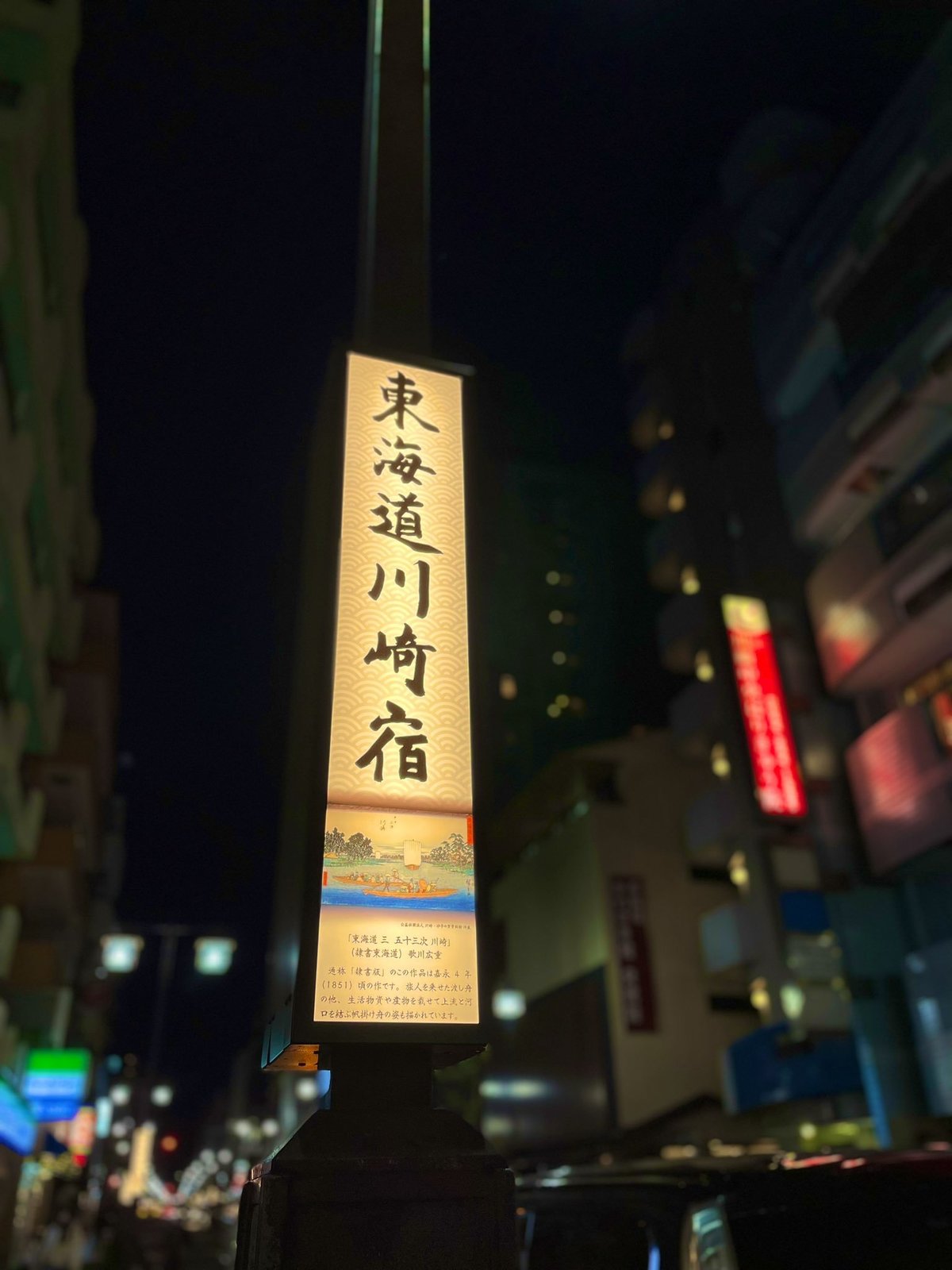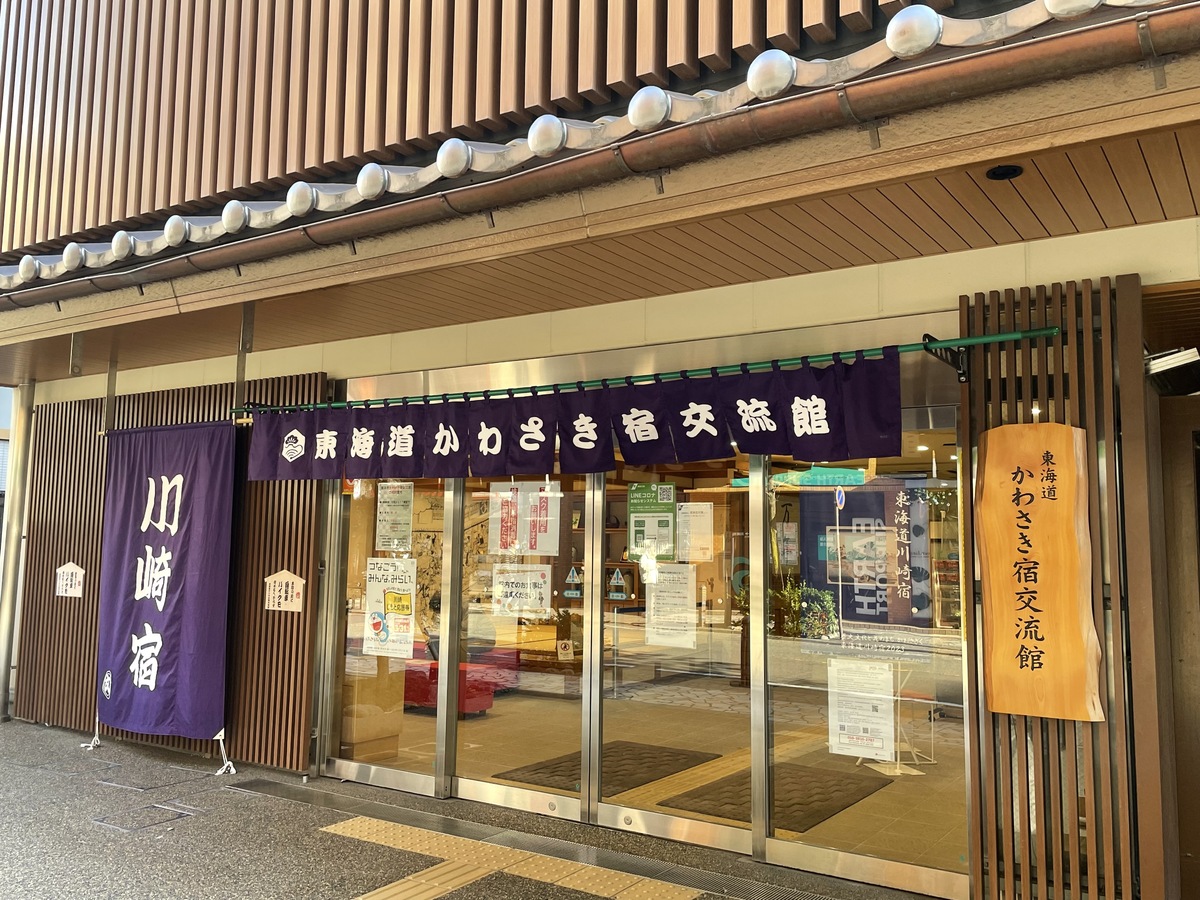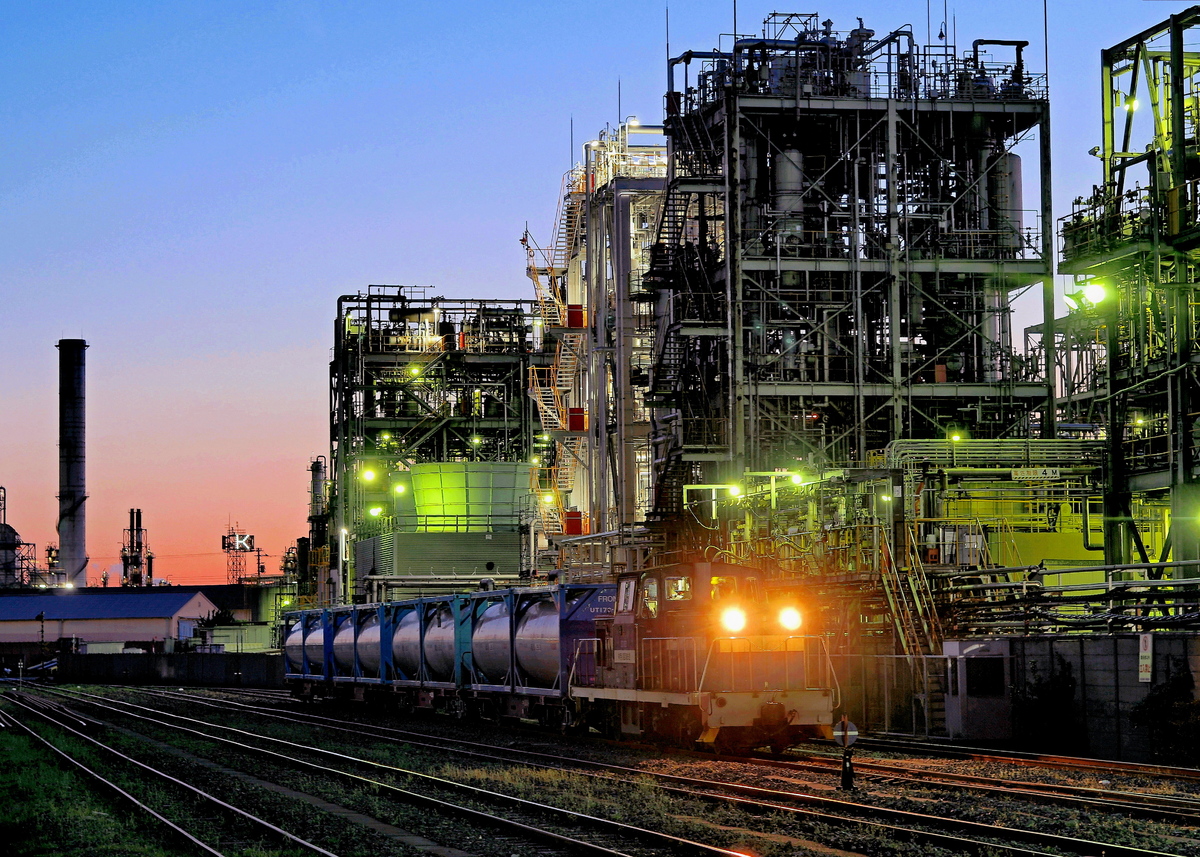観光協会からの
お知らせ・更新情報
川崎市・会員からの
お知らせ
-
2024/04/15お知らせ
【川崎日航ホテル】「川崎日航ホテル開業 60 周年記念キャンペーン」開催
-
2024/04/01お知らせ
【川崎日航ホテル】開業60周年記念 特別企画第1弾「かわさきグルメ名店とホテルシェフのコラボレーションブッフェ」を4月より開催
-
2024/03/06お知らせ
【川崎キングスカイフロント東急REIホテル】沖縄フェア ~川崎でまっちょいびんどー!(お待ちしてます)~
-
2023/11/30お知らせ
工場夜景カレンダー『THE FACTORY STYLE 2024』発行のお知らせ
-
2023/11/29お知らせ
【川崎日航ホテル】“ホテル開業60周年記念第一弾”貸切の音楽ホールで結婚式「かわさきシンフォニーウエディング」を1組限定で販売
イベント情報
一覧はこちら川崎MOVIE
川崎市の風景やイベントなどについての動画をご紹介しています。川崎市観光協会の公式Youtubeチャンネルに他動画もアップロードしていますので是非ご覧ください。
Youtubeチャンネルはこちら
























